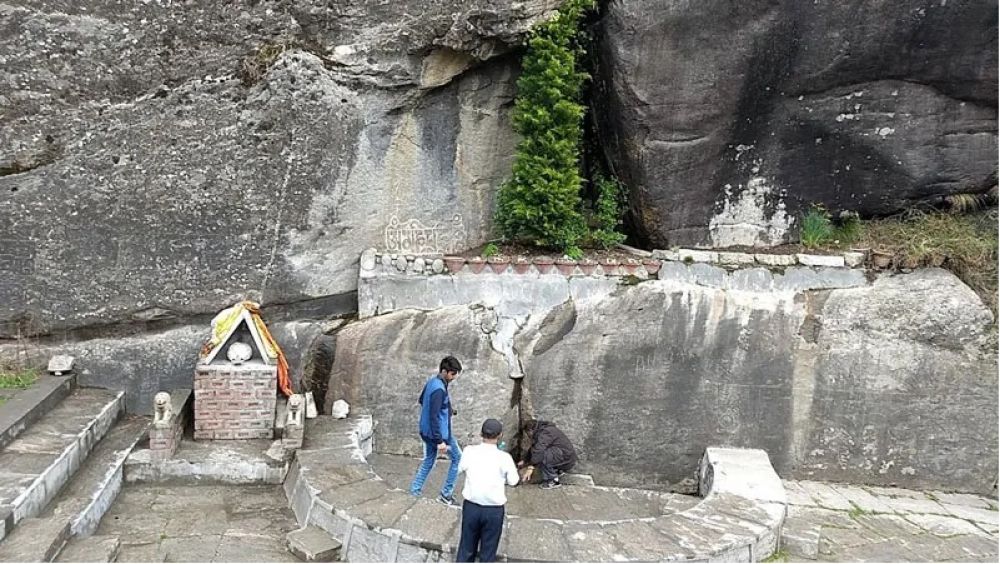

Nestled in the picturesque landscapes of Manali in Himachal Pradesh, India, the Nehru Kund is a natural spring that has etched its place in the tourism tapestry of the region. Named after India's first Prime Minister, Jawaharlal Nehru, the kund (spring) has an interesting historical connection. It is believed that Pandit Nehru, during his stay in Manali, would drink water from this natural spring. Hence, to honor his preference, the kund was named after him.
The history of tourism in Manali and at Nehru Kund is a tale of rapid transformation from a sleepy town to a bustling tourist hub. Initially attracting adventurers and hippies in the 1960s and 70s, Manali's natural beauty and proximity to the hippie trail put it on the map of international travelers seeking tranquility and natural splendor.
Over the years, the establishment of nearby attractions such as the Hadimba Temple, Solang Valley, and Rohtang Pass, along with the kund itself, have all contributed to creating a diverse offering for tourists. Nehru Kund's clear, cold waters and the legends associated with it have caught the fascination of travelers looking for a mix of nature and culture.
The latest trends in tourism at Nehru Kund fall in line with the shift towards eco-tourism and sustainable travel. Tourists visiting Nehru Kund are also increasingly interested in the experiential aspects of their journey - wanting to enjoy the serene environment and indulge in photography, as the spring is set against a backdrop of snowy mountains and lush foliage offering breathtaking views.
Adventure tourism continues to be a strong trend in Manali, with activities such as trekking, river rafting, and paragliding. Visitors looking for a peaceful retreat also come to Nehru Kund, which serves as an ideal starting point for nature walks and light trekking in the Manali region.
Responsible tourism practices are also becoming a part of the visitor's ethos, with more tourists looking to minimize their environmental footprint while enjoying the best of what Manali has to offer. This has led to an increase in local homestays, organic cafes, and initiatives that promote the welfare of the native culture and ecosystem.
Embracing the shift towards digital, there has been a spike in online bookings for experiences around Nehru Kund. Also, with the power of social media, more travelers are getting inspired to visit this natural spring by witnessing the captivating pictures and stories shared by others.
Overall, the blend of history, natural beauty, and evolving tourist demands continues to shape the story of Nehru Kund in Manali, engaging a new generation of travelers seeking serenity and adventure in the heart of the majestic Himalayas.